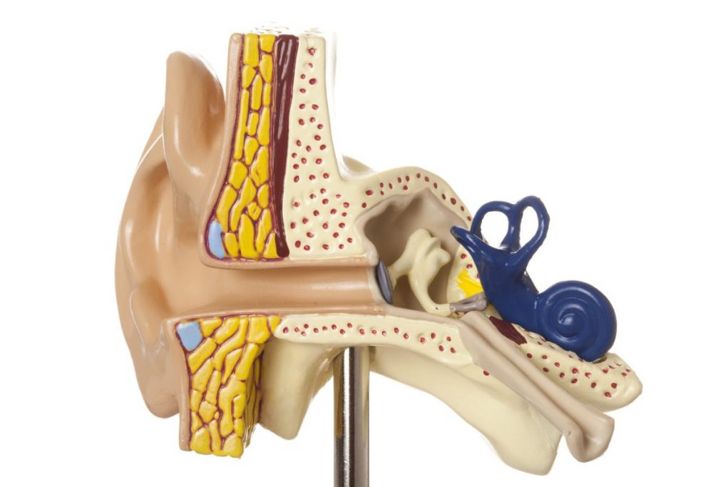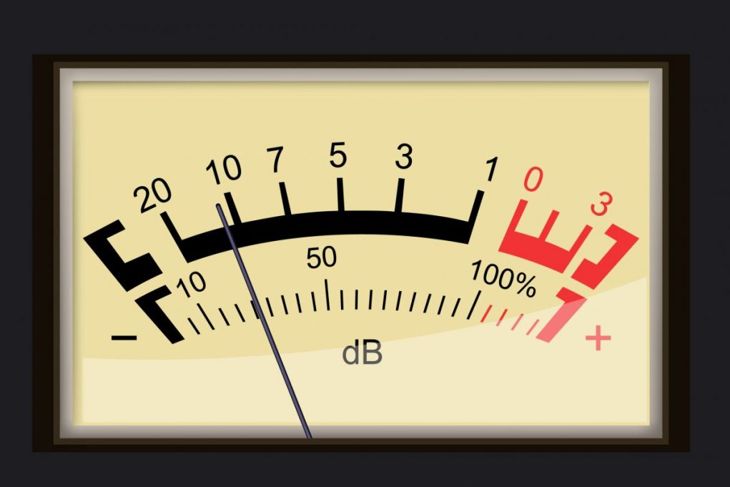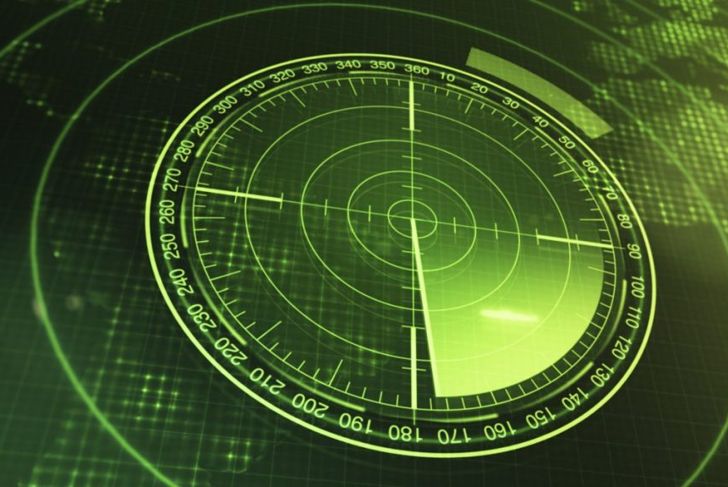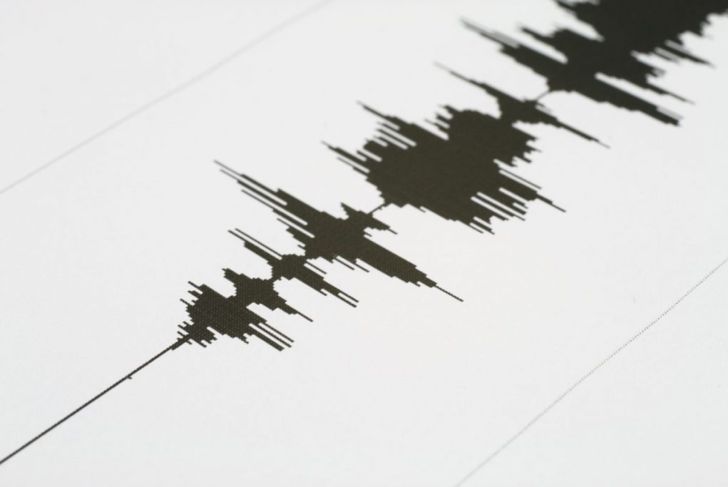Acoustics is the branch of physics that deals with mechanical waves. This study of sound waves started with observations by science’s most notable minds. Fifteenth-century Italian physicist Galileo Galilei made a significant observation about the relationship between the frequency of a wave and its pitch. French Mathematician Marin Mersenne was the first to record the speed of sound through the air in 1640. The understanding of sound waves and vibrations is a strong branch of acoustics, because it covers almost all aspects of modern society, especially when it comes to hearing and communication, cornerstones of survival.
How Humans Hear
From the outer ear, sound enters the ear canal and drifts to the eardrum, which vibrates from the incoming waves. The three bones in the ear, malleus, incus, and stapes, receive the vibrations and amplify them before sending them off to the cochlea, a fluid-filled structure in the inner ear. The fluid inside the cochlea ripples, and the stereocilia, hair-like structures, located at different regions in the basilar membrane, pitch the sounds. The tips of the stereocilia open up and neurotransmitters create electrical signals that are passed to the auditory nerve, which transfers them to the brain for recognition.
Which is Faster: Sound Through Water or Air?
Sound acts on the surface of an object making it respond differently to various media. Vibration is caused by bumping particles, where each collision passes energy from one particle to another. Some liken this process to a relay race, where the energy is like a baton being transferred from runner to runner. Air is a gas that doesn’t have resistance, so it’s easy to start a wave, but it won’t be fast. Because water is denser than air, more effort is required to get a wave started. But once it’s started, the energy transferred from one particle to the next helps sound waves move at least four times faster than through air.
Breaking the Speed of Sound
At 68 degrees Fahrenheit, the speed of sound is 767 mph or 1,125 ft/s. As the object’s speed increases, the local velocity of sound waves accumulates before it, creating what some people call a barrier. When the object reaches a certain acceleration, it bursts through the waves, outrunning all the sound waves and pressure built up. The result heard on the ground is the explosion known as the sonic boom.
The Cause of Thunder
Some believe that lightning and thunder are separate phenomena when they are the product of cause and effect. A lightning bolt is a combination of light, heat, and energy. As it moves, it superheats the surrounding air, which expands so fast that it creates the type of sonic boom called thunder.
Ernst Chladni
German-born, eighteenth-century physicist and musician, Ernst Chladni, was interested in music and science but was forced to study law, due to his father’s disapproval. He received his law degree and, upon the death of his father, he felt free to pursue his original interests. Building on the work of the seventeenth-century English physicist, Robert Hooke, Chladni invented a method for visualizing sound waves on metal, called Chladni plates, His demonstration caught the attention and favor of Napoleon Bonaparte. For all of his work within this field, he’s known to many as the Father of Acoustics.
Measuring Sound
A sound wave is composed of frequency and amplitude. Frequency measures the number of sound vibrations per second, while amplitude measures how powerful the wave is. Decibels, dB, denote the energy of sound waves. Zero decibels are the softest detectable sound, and every 3-decibel increase doubles the sound’s intensity. Normal speaking is approximately 65 dBA, but sustained levels higher than 85 dBA can damage hearing. For example, a typical rock concert is 120 dBA of sound pressure that can damage stereocilia in less than one minute.
Does Sound Travel Straight?
The presence of objects in its path can affect sound wave movement. For example, when sound hits a hard object, it’s reflected, forming an echo. Softer objects absorb the sounds to stop them from traveling further. While sound waves travel in straight lines, it depends on what’s in their path. The use of these echo and absorption characteristics, helps scientists investigate the ocean depths.
Psychoacoustics
The study of how humans perceive certain sounds is called psychoacoustics. What the brain does with what the ears hear is a matter of many factors, including time and frequency. Psychoacoustics studies how sound waves convert into neural stimuli as well as more commercial applications, such as data compression techniques and audio noise reduction in telecommunications. Human ears have a frequency range of 20 Hz to 20,000 Hz, which decreases with age. This field can help clinicians better understand the dynamics of hearing loss.
Echolocation
Used by dolphins, bats, and whales, echolocation uses sound waves to produce echoes. The echo bounces, returning to the animal’s ears, helping it to determine distance, size, and shape. For humans, echolocation can do the same thing. The blind and visually impaired create sounds by tapping their canes or snapping their fingers, which can help them with orienting and navigating the world.
Researching How Sound Helps Memory
Theta waves are electrical impulses between 4 and 7 Hz that help induce relaxation. Scientists are testing an entrainment device that uses the combination of sound and light to enhance theta wave activity and improve memory. Results showed that increased memory and theta activity lasted for a time after the device was turned off.

 Home
Home Health
Health Diet & Nutrition
Diet & Nutrition Living Well
Living Well More
More




















